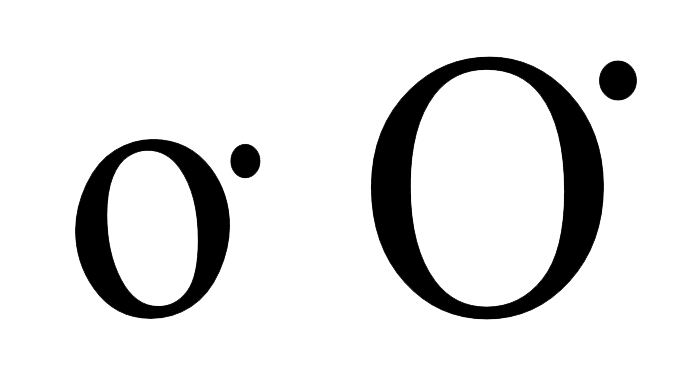O͘ on:
[Wikipedia]
[Google]
[Amazon]
 O͘ is one of the six
O͘ is one of the six
 O͘ is one of the six
O͘ is one of the six Taiwanese Hokkien
Taiwanese Hokkien () (; Tâi-lô: ''Tâi-uân-uē''), also known as Taigi/Taigu (; Pe̍h-ōe-jī/ Tâi-lô: ''Tâi-gí / Tâi-gú''), Taiwanese, Taiwanese Minnan, Hoklo and Holo, is a variety of the Hokkien language spoken natively by about ...
vowel
A vowel is a syllabic speech sound pronounced without any stricture in the vocal tract. Vowels are one of the two principal classes of speech sounds, the other being the consonant. Vowels vary in quality, in loudness and also in quantity (leng ...
s as written in the Pe̍h-ōe-jī
(; ; ), also sometimes known as the Church Romanization, is an orthography used to write variants of Southern Min Chinese, particularly Taiwanese Hokkien, Taiwanese and Amoy dialect, Amoy Hokkien.
Developed by Western missionary, missionaries ...
(POJ) orthography
An orthography is a set of conventions for writing a language, including norms of spelling, hyphenation, capitalization, word breaks, emphasis, and punctuation.
Most transnational languages in the modern period have a writing system, and ...
. It is pronounced . Because Taiwanese Hokkien is a tonal language
Tone is the use of pitch in language to distinguish lexical or grammatical meaning – that is, to distinguish or to inflect words. All verbal languages use pitch to express emotional and other paralinguistic information and to convey emph ...
, the standard letter without a diacritic
A diacritic (also diacritical mark, diacritical point, diacritical sign, or accent) is a glyph added to a letter or to a basic glyph. The term derives from the Ancient Greek (, "distinguishing"), from (, "to distinguish"). The word ''diacriti ...
represents the vowel in the first tone, and the other five possible tone categories require one of the following tonal symbols to be written above it:
*Ó͘ ó͘ (second tone)
*Ò͘ ò͘ (third tone)
*Ô͘ ô͘ (fifth tone)
*Ō͘ ō͘ (seventh tone)
*O̍͘ o̍͘ (eighth tone)
History
The character was introduced by theXiamen
Xiamen ( , ; ), also known as Amoy (, from Hokkien pronunciation ), is a sub-provincial city in southeastern Fujian, People's Republic of China, beside the Taiwan Strait. It is divided into six districts: Huli, Siming, Jimei, Tong'an ...
-based missionary Elihu Doty in the mid-nineteenth century, as a way to distinguish the Minnan vowels and (the latter becoming ). Since then it has become established in the Pe̍h-ōe-jī orthography, with only occasional deviations early in its usage – one example being Carstairs Douglas
Carstairs Douglas () (born 27 December 1830 in Kilbarchan, Renfrewshire; died 26 July 1877 in Xiamen, China) was a Scottish missionary, remembered chiefly for his writings concerning the Southern Min language of Fujian, in particular his ''Chine ...
's 1873 dictionary, where he replaced the with an o with a curl (similar to that of the English Phonotypic Alphabet
The English Phonotypic Alphabet is a phonetic alphabet developed by Sir Isaac Pitman and Alexander John Ellis originally as an English language spelling reform. Although never gaining wide acceptance, elements of it were incorporated into th ...
), and a second example being Tan Siew Imm's 2016 dictionary of Penang Hokkien
Penang Hokkien (; Tâi-lô: ''Pin-siânn Hok-kiàn-uā''; ; ) is a local variant of Hokkien spoken in Penang, Malaysia. It is spoken as a mother tongue by 63.9% of Penang's Chinese community, and also by some Penangite Indians and Penangit ...
, where she replaced the with .Computing
In theUnicode
Unicode, formally The Unicode Standard,The formal version reference is is an information technology standard for the consistent encoding, representation, and handling of text expressed in most of the world's writing systems. The standard, wh ...
computer encoding, it is a normal Latin o followed by , and is not to be confused with the Vietnamese Ơ. This letter is not well-supported by fonts and is often typed as either o· (using the interpunct), o• (using the bullet), o' (using the apostrophe), oo, or ou.
References
Languages of Taiwan Vowel letters Latin letters with diacritics {{Latin-script-stub